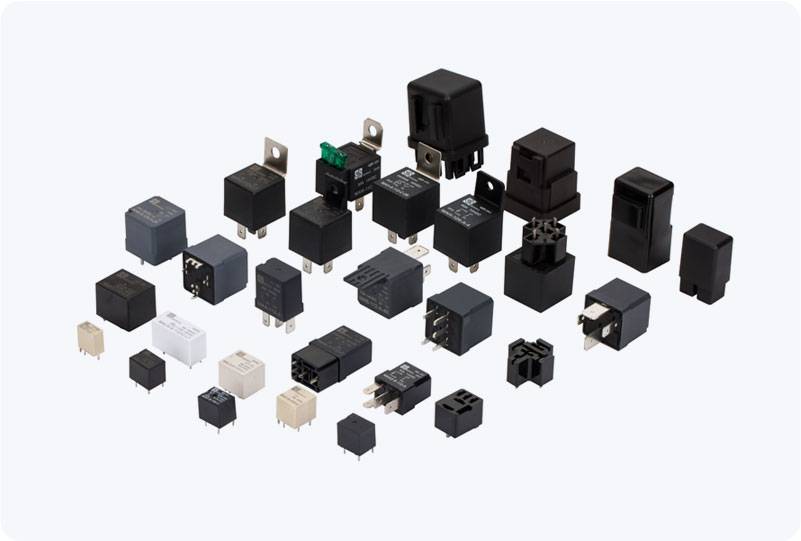High Voltage DC (HVDC) relays are vital components in the electrical systems of new energy vehicles (NEVs), especially electric vehicles (EVs). These relays serve a crucial role in controlling the flow of high-voltage DC electricity between various parts of the vehicle, ensuring both performance and safety. As EVs and other NEVs transition to using larger battery packs with higher voltage ratings, HVDC relays have become indispensable in managing these power systems effectively. This article explores the functions, characteristics, and importance of HVDC relays in NEVs.

The Role of HVDC Relays in New Energy Vehicles At the heart of an electric vehicle is its high-voltage battery pack, typically ranging from 200V to 800V. HVDC relays are used to switch the high-voltage direct current between the battery and other critical components such as the motor controller, on-board charger (OBC), and the vehicle’s overall electrical network. These relays ensure that the flow of power is both secure and reliable, as well as responsive to any system faults or operational requirements. One of the primary functions of HVDC relays is to protect the vehicle’s electrical system from potential hazards, including overcurrent, short circuits, and system malfunctions. By quickly disconnecting or connecting the high-voltage power circuits, HVDC relays prevent damage to sensitive components, like the battery and electric motor. They also safeguard users by cutting off power in the event of an emergency, such as an accident, ensuring that there is no risk of electrical shock or fire.